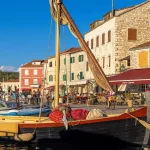Some say it is the oldest town in Croatia, as timeless Stari Grad on Hvar prepares to celebrate 2,400 years of existence.
In a few months it will be 2400 years since the Ancient Greeks from the island of Paros sailed into a deep bay of what is now known as the island of Hvar in Croatia. Certainly one of the oldest – if not the oldest town in Croatia, the settlement known today as Stari Grad (old town) was first names Faros, after the island from where the settlers had sailed.
The town town plans major celebrations next year for its significant birthday, and it is an opportunity to showcase the heritage, nature and tradition of the more tranquil Central Hvar, which often loses out in column inches to its more famous celebrity neighbour, Hvar Town.
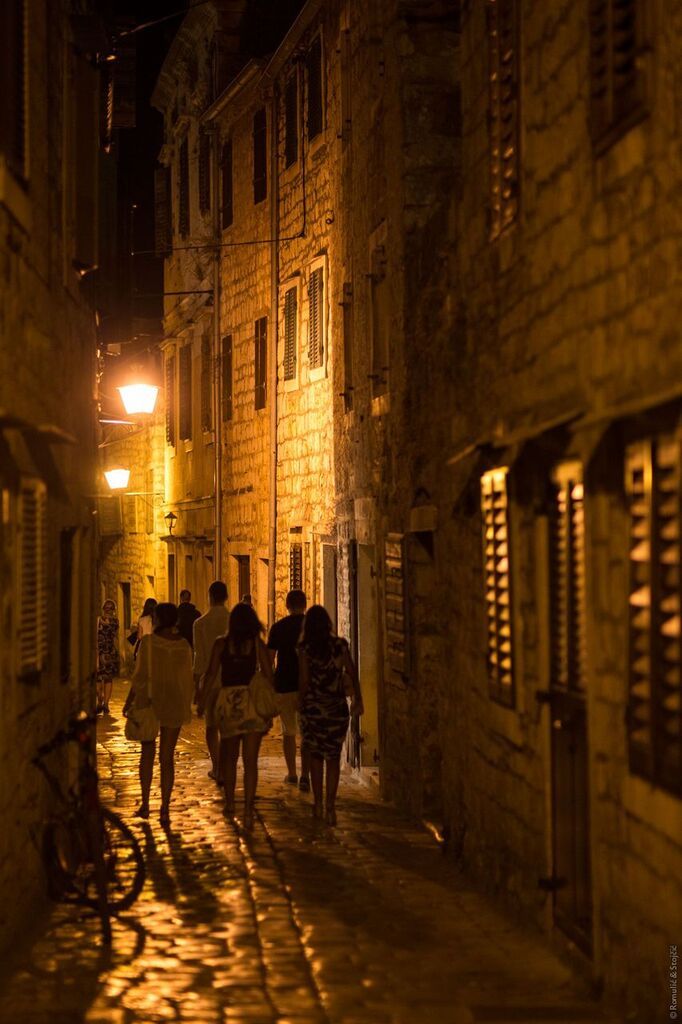
While Hvar is glamorous, a celebrity hot spot with an emerging reputation as one of the party destinations of Europe, Stari Grad – just 20km away – is a more timeless, tranquil experience, rich in the heritage which started with the Greeks in 384 BC.

And while its ancient charms are part of its enduring appeal, with Greek, Roman, Venetian and other influences over the centuries, Stari Grad too is moving with the times, upgrading its infrastructure to meet the needs of modern tourism. An extension of the old waterfront (see above) in front of the island’s top boutque accommodation, Apolon, has increased nautical tourism considerably.
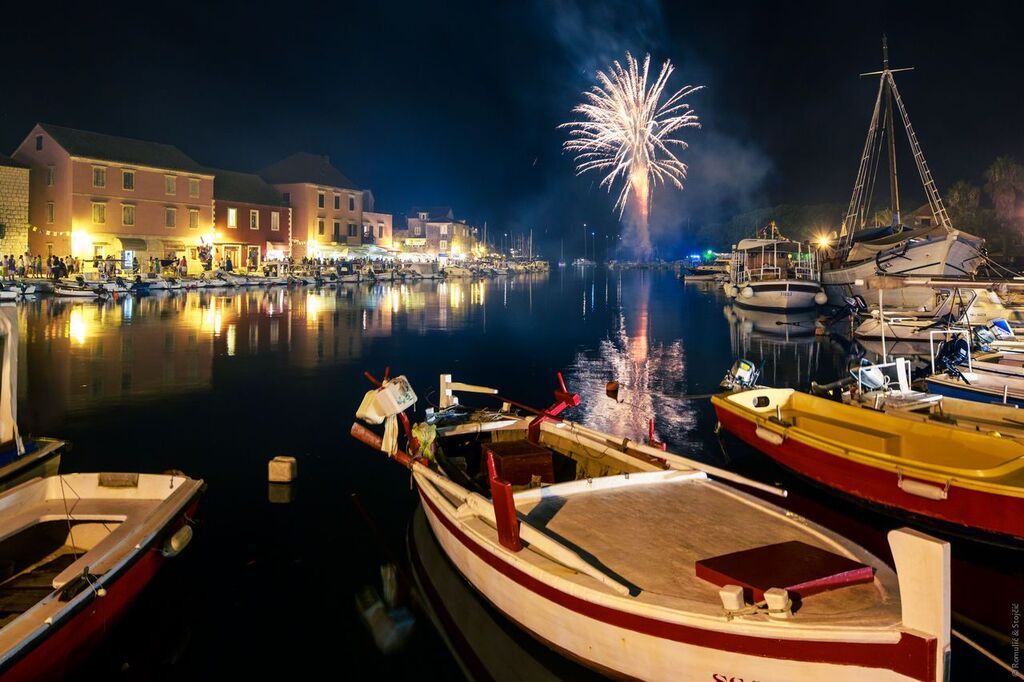
Life and tourism revolves around the deep harbour and the old town, which every year plays host to one of the most gruelling swimming races in the world. The Faros Marathon has been in existence for 40 years, a 16 kilometre swim to the tip of the Kabal Peninsula and back, and each year attracts some of the world’s best sportsmen, including Olympic gold medal winners.
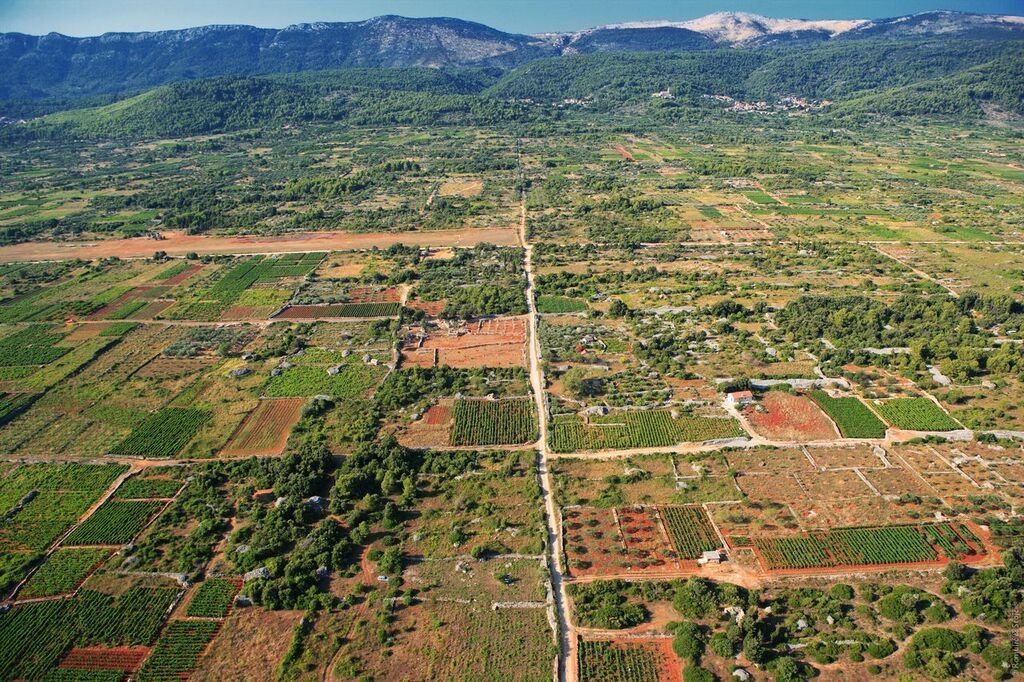
The Greeks also left their mark in the neighbouring fields, and the 80 hectare Stari Grad Plain is one of seven of Croatia’s UNESCO World Heritage Sites, an agricultural colony whose farming of olives and grapes continues primarily as it did more than 2000 years ago.
If the Stari Grad Plain is the biggest UNESCO heritage on Hvar, it is not the only one, and the island is unique in the world as the only island with four UNESCO heritages. The others are intangible heritage of the Benedictine nuns agave lace in Hvar Town, the Following of the Cross procession in Jelsa (see below), and the Mediterranean diet (Hvar and Brac were included in a list of seven location in the Mediterranean). Klapa in southern Dalmatia is also on the list, so technically there are even five heritages.
In 2004, an amazing journey took place to retrace the steps of the Ancient Greeks, as a small team of enthusiasts sailed from Faros back to the island of Paros, taking with them among other things, vines and olive trees whose existence was due to the early Paros settlers – see video above.
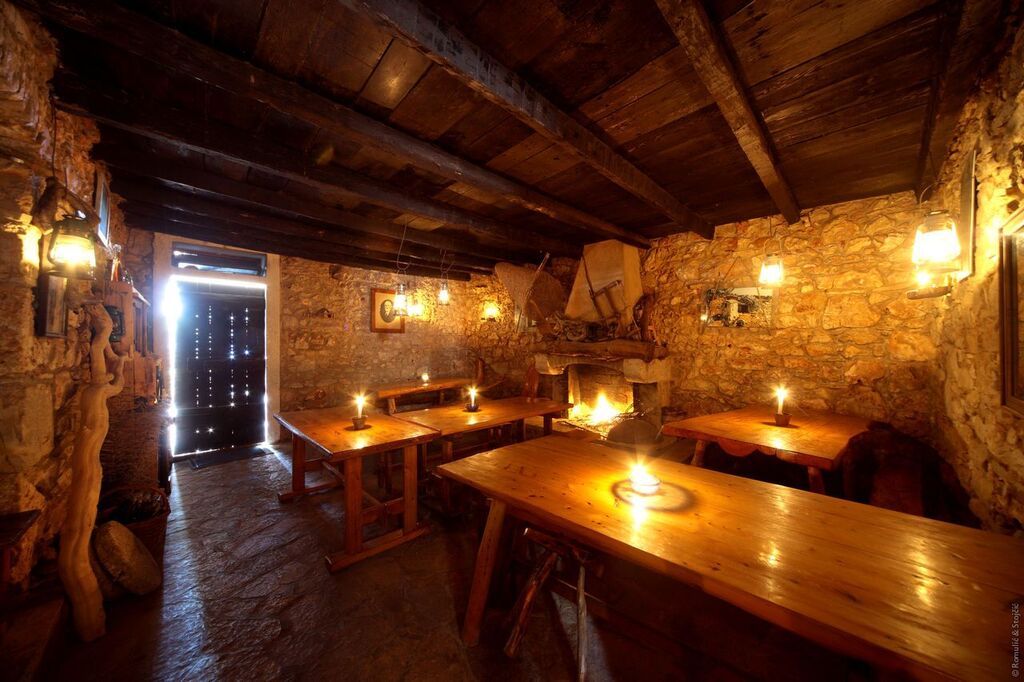
Central Hvar is dripping in heritage, much of it undiscovered by most tourists. The eco-ethno village of Humac, for example, is considered the best example of its kind in all Dalmatia. No water or electricity here, and the dining experience in Konoba Humac takes the authentic Dalmatian experience to a higher level.
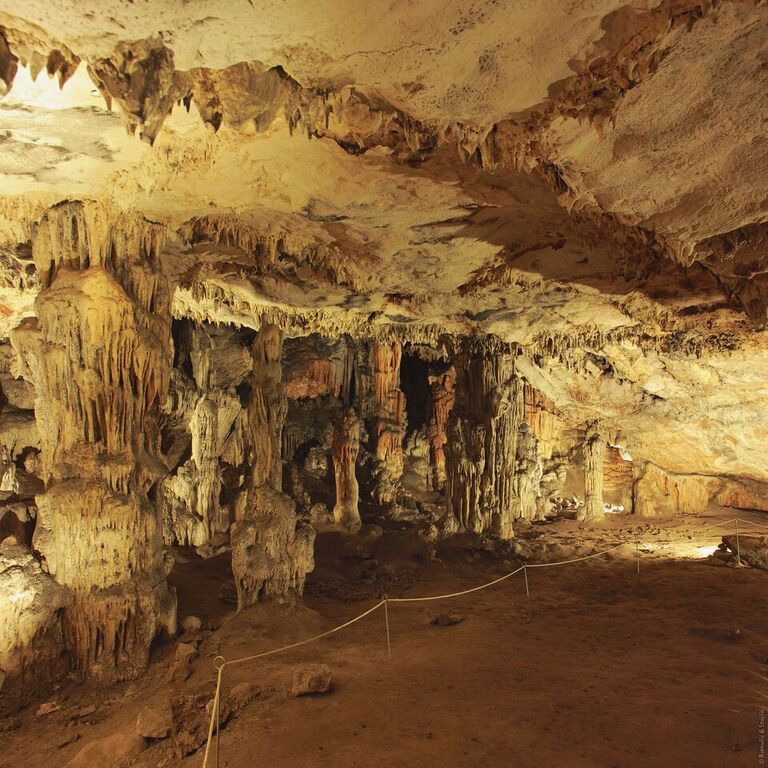
But before lunch, there is time to explore the fascinating Neolithic Grapceva Splija.
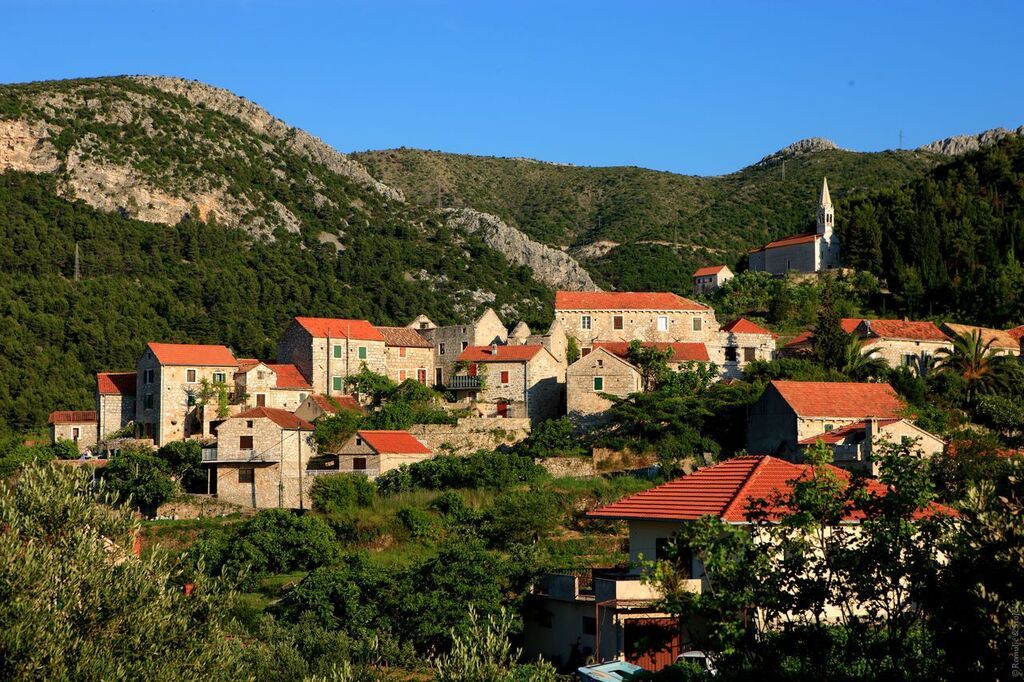
Central Hvar is also lined with historic inland villages. The oldest of these is Pitve, dating back some 2000 years, and built inland to protect itself from pirates. The coastal town of Jelsa was built many centuries later as its harbour.
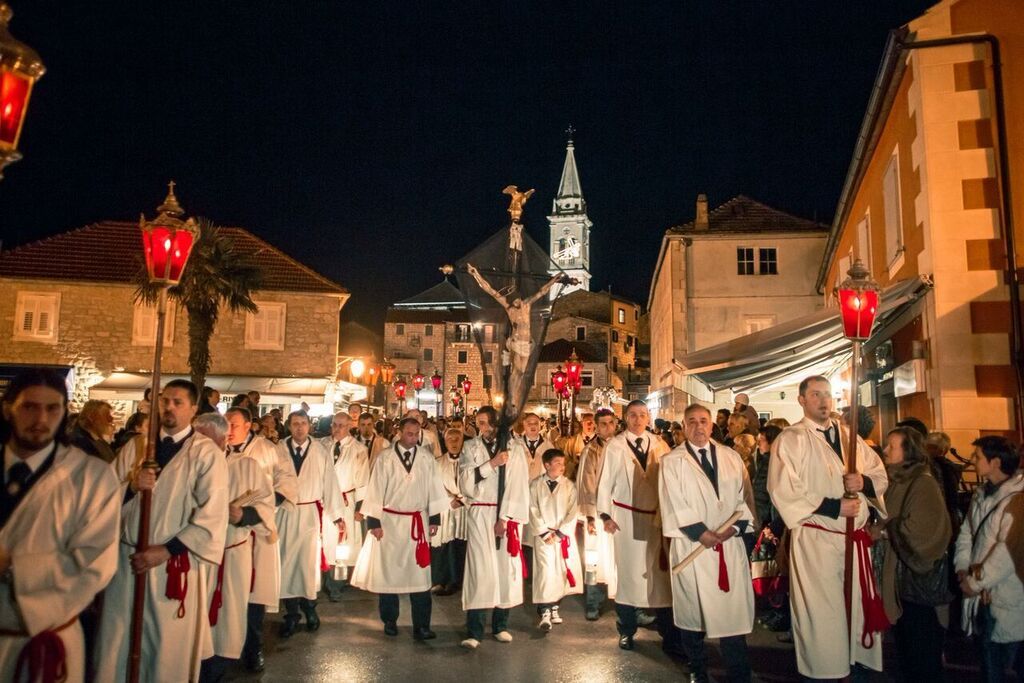
Jelsa is one of six towns and villages where the annual UNESCO procession takes place each Easter. On Maundy Thursday, a cross bearer and his acolytes, one each from Jelsa, Pitve, Vrisnik, Svirce, Vrbanj and Vrboska, depart on a 22 kilometre procession through the other five settlements at 22:00, arriving back at their original starting point around 07:00. It is one of the most important events in the Hvar calendar, and a practice which has taken place every year for more than 500 years, even during the suppressive times of Communism, and even in a refugee camp in the Sinai desert in Egypt during the Second World War, when many Dalmatians were relocated due to the fighting.
The official UNESCO video of the procession can be viewed above.
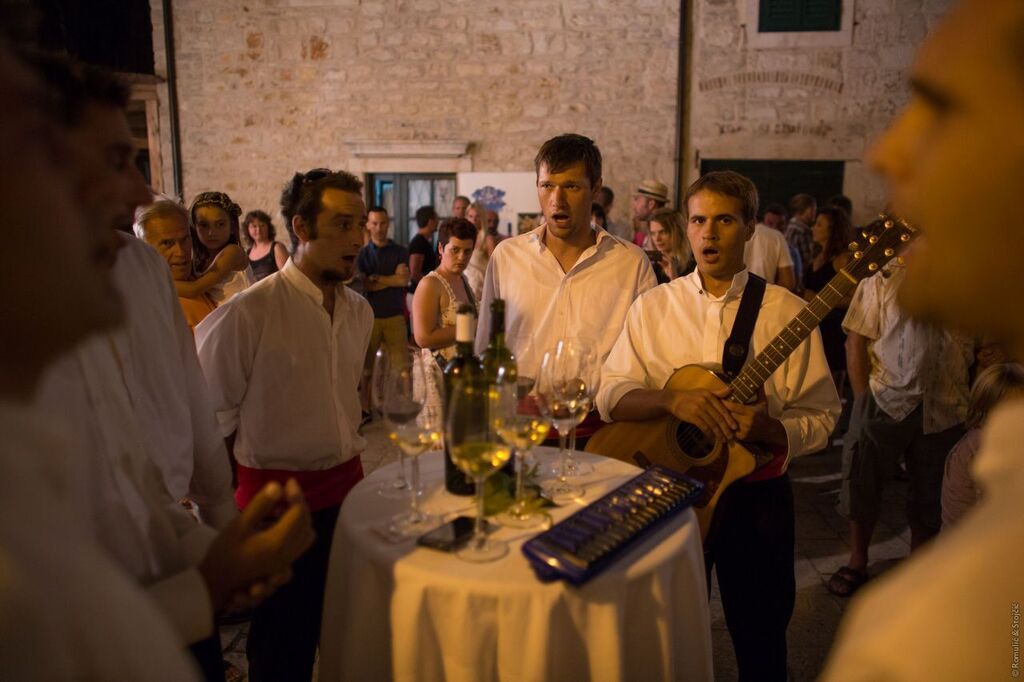
Central Dalmatia’s heritage mixes two of its most important components for modern tourism purposes – wine and klapa singing.
Known as the town of wine, Jelsa used to be a significant exporter in the 19th century before phylloxera and some punitive tax changes by the Austro-Hungarian Empire killed the industry and led to mass emigration. Where then some 5,700 hectares of vineyards were under cultivation, today there are just 280.
Less quantity is more than made up for in quality, and winemakers such as Andro Tomic (pictured) and Ivo Dubokovic in Jelsa, and Ivo Caric and the Svirce Cooperative in the neighbouring village of Svirce are national names, all with export markets.
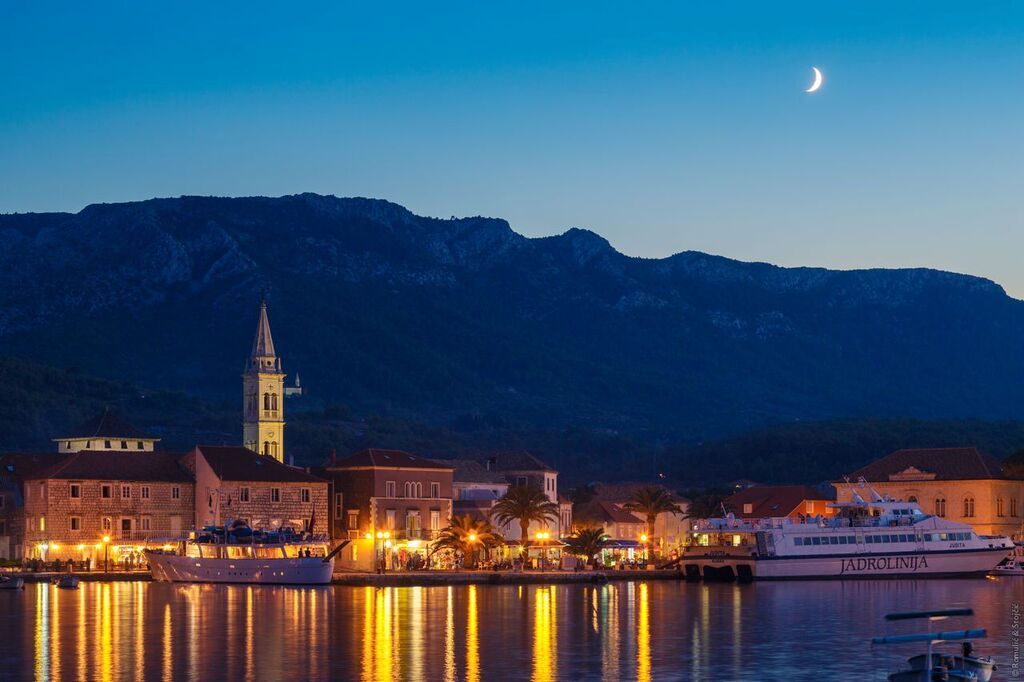
Jelsa is also set around a pretty harbour, and ambitious plans to extend its marina and improve its infrastructure mean that it should soon be following Stari Grad’s success in nautical tourism.
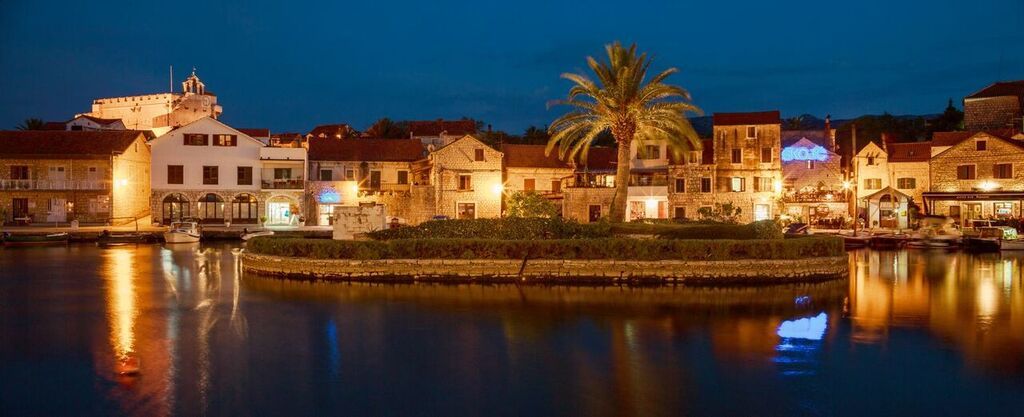
Nestled between the two is ‘Little Venice’, the small town of Vrboska, whose picturesque canal and unique fortress church are big attractions.
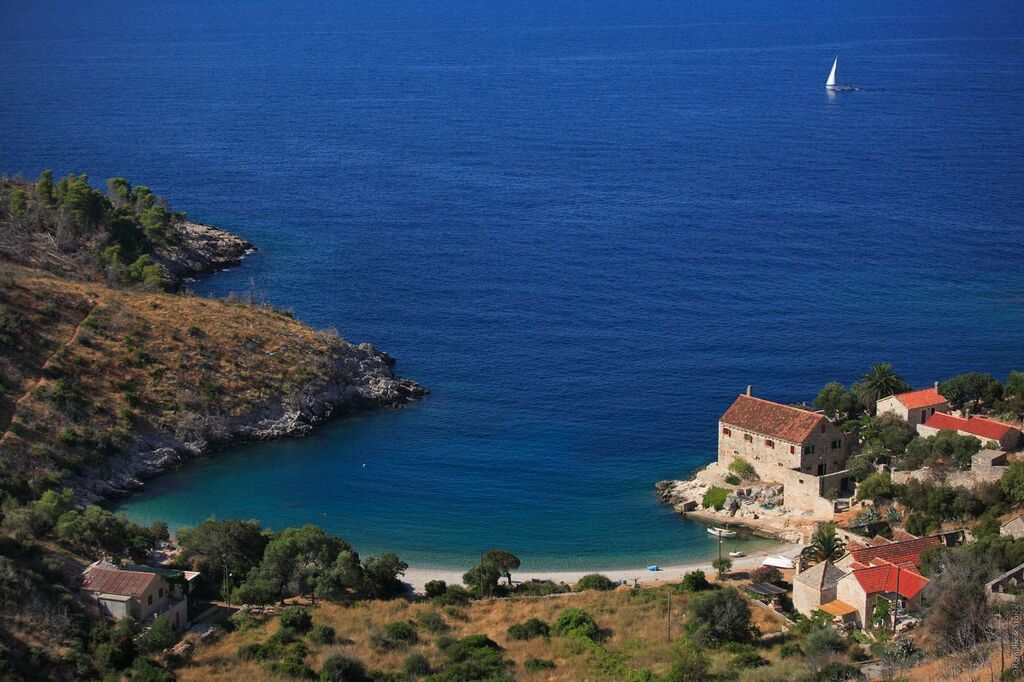
Of course holiday on the sunniest island in Europe are mostly about the beach, and once the heritage has been explored, some of Croatia’s top beaches await – like this one in Dubovica, which often makes lists of the top ten beaches in Europe.
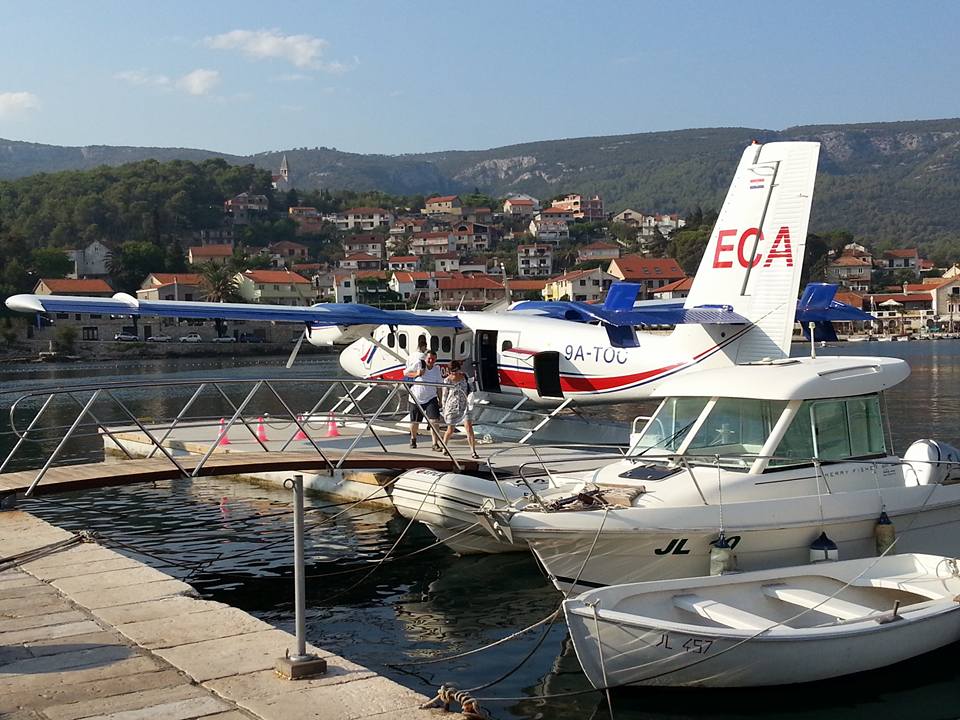
Timeless heritage and modern tourism – the perfect mix is perhaps best exemplified by the arrival of the first scheduled seaplane service in modern European history, from Split Airport to Jelsa in August 2014, which now means that main European destinations such as Frankfurt and Munich can now be reached in just 3.5 hours.
Central Hvar is 2016 – in many ways as timeless and tranquil as it was 2400 years ago, but with the needs of the modern tourist more than accommodated for.


